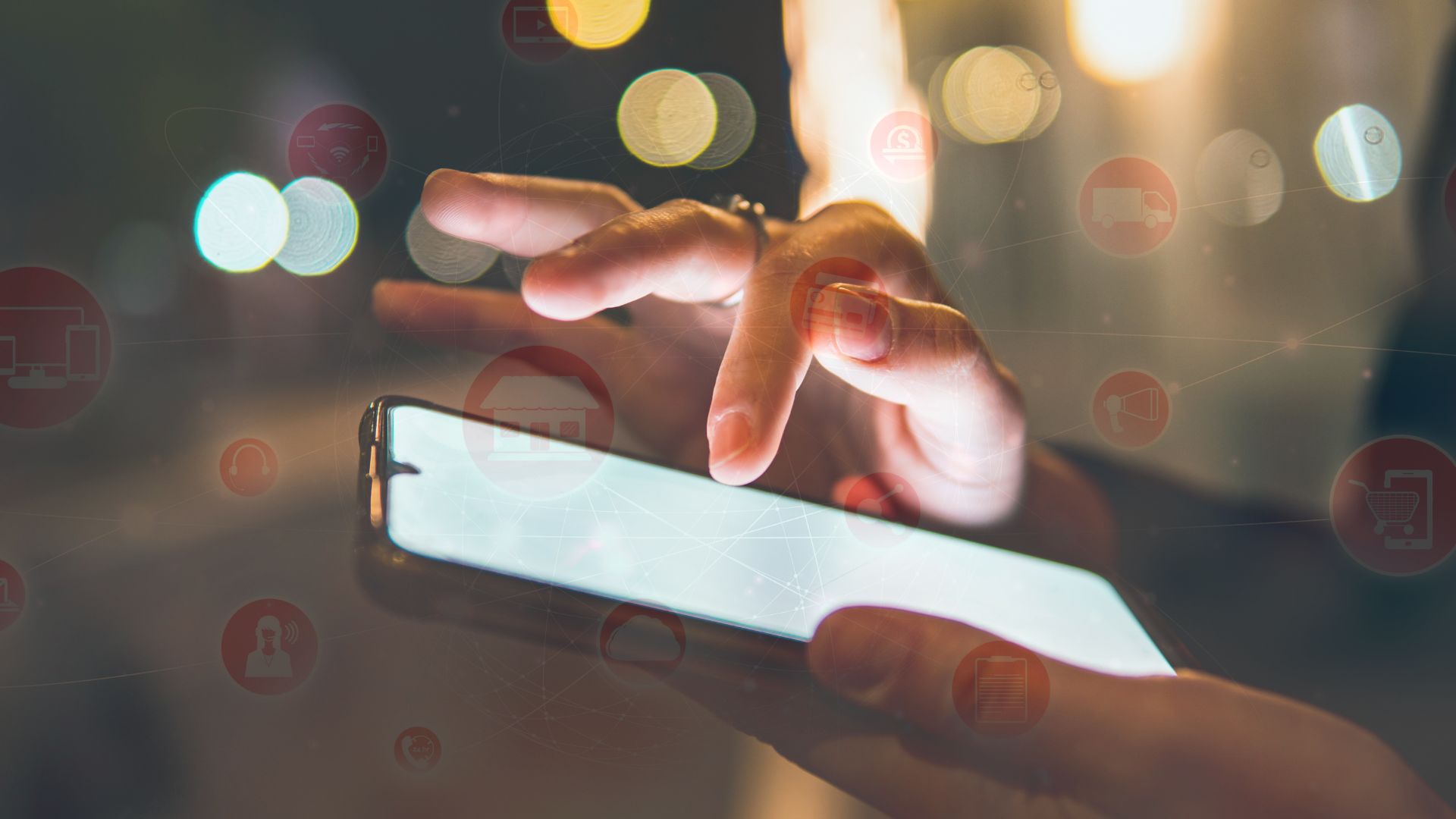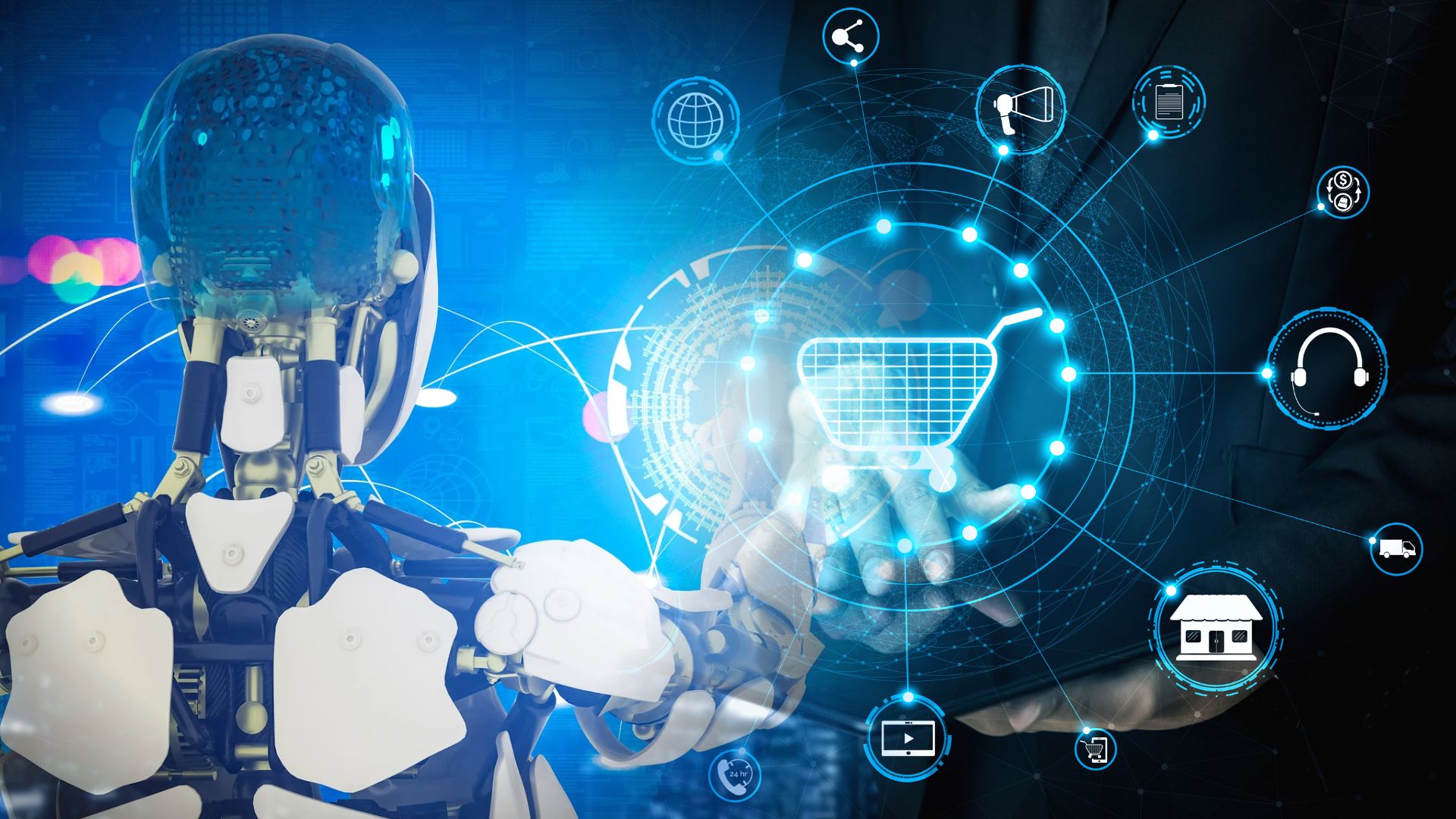Retail Marketing Trends: Gen Z, Pop Culture, and Generative AI
Generative AI and pop culture might sound like buzzwords thrown together to impress a boardroom, but their influence on retail marketing is anything but superficial. These trends are shaping how brands connect with Gen Z and beyond, crafting strategies that are both smarter and surprisingly personal. And here’s where it gets interesting—in this collision of tech, culture, and creativity, we find tools and tactics that can feel as familiar as scrolling TikTok and as groundbreaking as tailored digital assistants.
How Gen Z Became Retail’s Pivot Point
You’ve probably heard it before, but Gen Z isn’t just another generational wave. They’re a digital-first cohort born with phones in their hands and culture at their fingertips. According to McKinsey, Gen Z influences spending power of up to $360 billion globally, with a sharp eye for authenticity and relevance. But here’s the kicker—not just any marketing works. They thrive on experiences that feel personal, customizable, and relatable.
Think about it. Whether it’s viral TikTok challenges or fashion lines inspired by YouTube influencers, brands are realizing that this group’s watchfulness about trends often begins with pop culture. To connect, companies must first fit into their feed as seamlessly as their next meme or dance video.
Generative AI’s Striking Role in Personalization
But how does generative AI even fit here? Picture this scenario. You log onto a website, and instead of the usual clutter, you’re greeted by product choices tailored to not just your browsing history but your mood that day. Generative AI can analyze data to craft a shopping experience as unique as your Spotify playlists. Spotify Wrapped, in fact, is a great example of how AI can serve a personal touch that feels, oddly enough, human.
And we’re seeing this in retail now, but it’s more than recommendations. The technology powers dynamic pricing, created real-time virtual fitting rooms, and even writes product descriptions so convincing they make you wonder if there’s an actual writer behind them (spoiler alert—there’s not).
It’s worth noting, though, that not everyone is applauding. Concerns over data privacy and algorithmic bias loom large, and Gen Z, being the sharp-eyed skeptics they are, will call out brands when things don’t sit right. Just last year, 32% of consumers in Gen Z age brackets said they’d stopped shopping with companies they felt misused personal information.
When Memes Become Marketing Gold
If there’s one thing happening right now, it’s how brands are leaning hard into pop culture references to remain relevant. You’ve probably seen it on your Instagram feed. Wendy’s Twitter banter or Duolingo’s sassy TikTok owl both capitalize on cultural reference points to stir engagement.
These tactics win because they don’t feel like ads. Instead, they’re a clever part of the mix you were already scrolling through. For example, a 2023 survey revealed that 83% of Gen Z feels humor makes a brand seem more relatable. Memes, as strange as it sounds, are becoming one of the most powerful marketing languages because they tap into humor and a shared cultural understanding.
But the risk here is just as real. A meme misplaced or a tone off by half a step can earn a brand backlash instead of applause (cue a certain fast-food chain’s ill-timed “lazy marketing” tweet last year). Every attempt at being culturally relevant requires nuance and timing, or it will backfire at the speed of Wi-Fi.
The New Fusion of AI and Pop Culture
Here’s where things get funky. Imagine you’re shopping for concert merch, and the designs are created on-the-fly by AI based on trending cultural moments. That’s not science fiction anymore. AI is making it possible for brands to hook directly into pop culture’s pulse and deliver campaigns that feel immediate.
Take Balenciaga’s AI-styled viral videos or Gucci’s limited AR try-ons. They didn’t just sell products but sold an experience tied to aspirational lifestyles. And for Gen Z, that matters. According to Deloitte, nearly 50% of Gen Z consumers prioritize experiences over products themselves.
Generative AI is also beginning to influence content creation. Fashion brands, for instance, aren’t just pushing ads. They’re creating AI-generated filters for Instagram where users ‘wear’ their designs and share it with friends. And suddenly, everyone’s a walking, snapping billboard.
Challenges and Opportunities in Watchfulness
That said, not everything in this marriage of Gen Z habits and AI is smooth sailing. With every technological leap, questions around ethics arise. Who decides what AI-generated content is valid or culturally appropriate? What happens when algorithms begin reinforcing stereotypes instead of breaking them?
But there’s a bright side too. If used thoughtfully, generative AI can bridge gaps in accessibility like never before, presenting retail products with more inclusive language, better reflectivity of multiple cultures, and smarter designs. Stores could use generative AI to recommend sustainable options or even tailor health-conscious buys. This isn’t just about selling smarter; it’s about creating smarter consumers.
What We Can Do With This Technology Now
It’s easy to feel swept up in the AI-pop culture buzz, but the question is always, “How do we make this work right now?” For local businesses, simple AI tools can craft automated social media responses that feel authentic and timely. For creators, real-time cultural analysis tools can help pinpoint what trends to ride. And for consumers, it’s about using personalization to discover brands that align with your unique values instead of drowning in one-size-fits-all ads.
Here’s the future, though, and it’s not too far away. AI needs to be a tool, not a crutch. Mixing innovation with human-led ideas ensures marketing remains relevant—not mechanical. And as for Gen Z? They’re teaching brands a thing or two about staying real in a world increasingly filtered through code.
Because the best retail experiences? They’ll still make us feel something, whether inspired by culture, humor, or a really clever meme. And isn’t that the point? When tech meets humanity, everyone wins.

